Zaporizhzhya kishmish grapes or how to grow a good pollinator
It is difficult to find at least one person who would not like grapes. Its berries have a truly enchanting aroma and pleasant taste. A wide variety of varieties of this plant can satisfy any gourmet. The seedless species are especially favorite. This article will be devoted to one of them, namely Zaporozhye raisins.
Description of the variety
The grape variety Kishmish Zaporozhye was bred in Ukraine in the city of Zaporozhye (hence the name of the species). Its other name is Kishmish Klyuchikova. Kishmish Zaporozhye was obtained through crossing Rusbol and Victoria grapes.
Zaporizhzhya kishmish grape belongs to seedless varieties. Chernozems are considered the most suitable soils for growth. Shoots are strong or medium-sized. Bushes with rootstocks C04 and Kober 5BB have the highest growth rates. The shoots of this plant ripen well and in full.
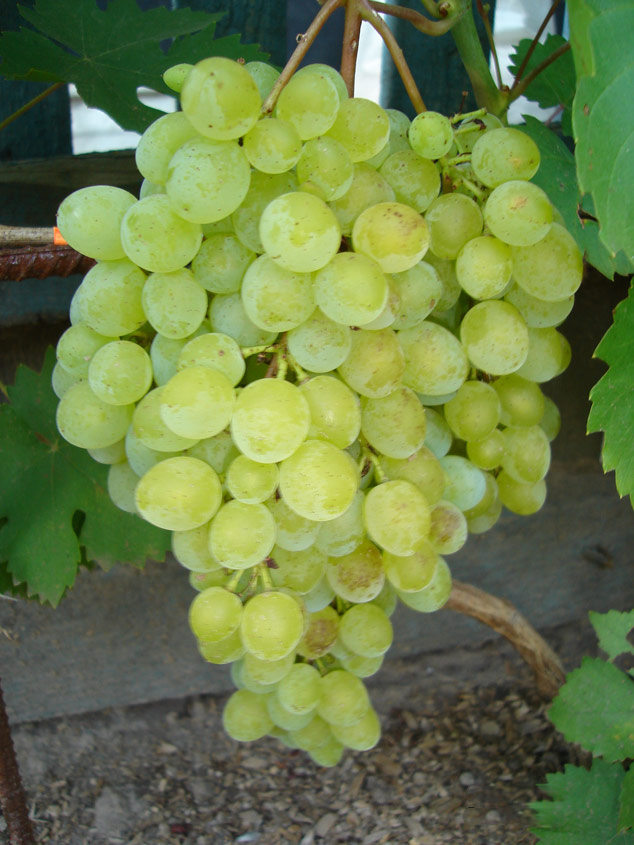
On one bush of Zaporozhye raisins, from 85 to 95% are fruitful shoots, while one fruitful shoot, on average, has 1.5 bunches. Conical and very large bunches weighing about 1500 g are formed on the bush. Bunches often develop with a "wing" and have an average (less often loose) density of berries placement in them.
The berries, in comparison with the fruits of other species, are rather small, their parameters are 16-19 × 15-17 mm, and their mass varies in an insignificant range - from 2 to 2.5 g. They are oval in shape and have a dark purple or dark red skin. The fruits have a juicy and fleshy pulp. They have a pleasant marmalade taste. Quite often, fairly large rudiments of seeds can be found in the pulp.
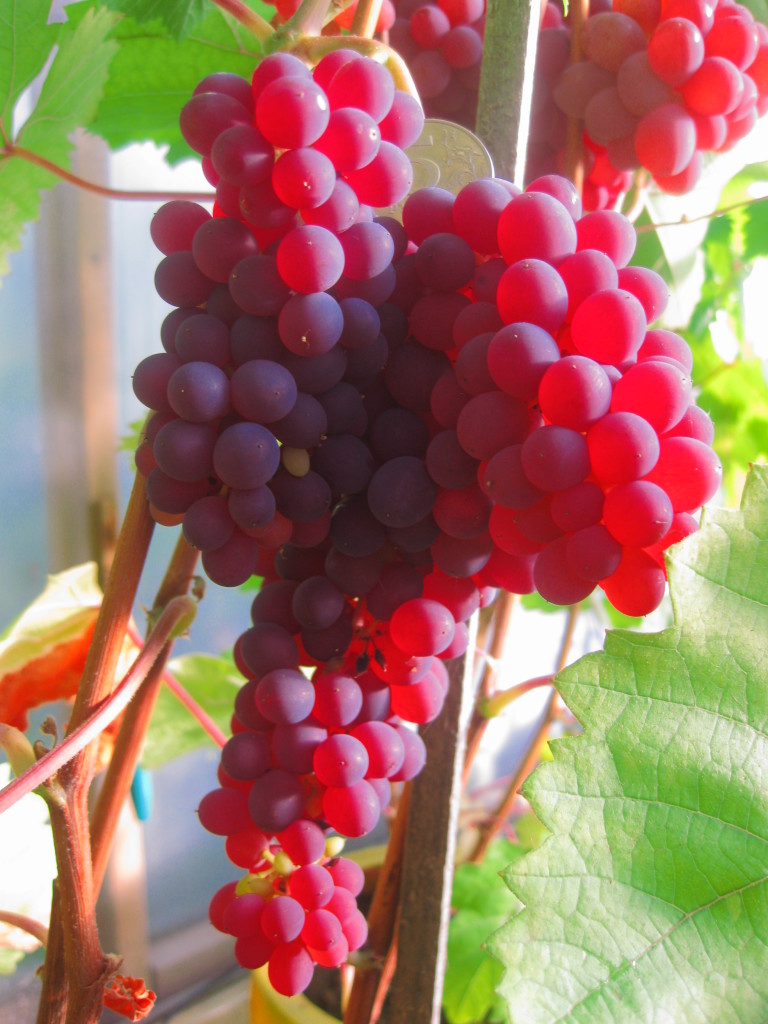
Kishmish Zaporozhye bears fruit every year and gives a bountiful harvest. Due to its high yield, the seedless grape bush tends to form a significant overload of fruits.
The load recommended by growers per bush is about 25-35 eyes.
In the case of overloading, the growth rate of the shoots is noticeably reduced. Therefore, in this matter, it is necessary to normalize it. The bunches, as a second crop, can ripen on stepchildren. In this case, the berries do not contain seed residues. To improve the commercial qualities of berries, experts recommend cutting off the ends of very large inflorescences. Fruits are more susceptible to eating by wasps than berries of other varieties. Therefore, the vines should be protected from wasps to ensure the safety of the crop.
Zaporozhye grapes are perfectly pollinated. It can serve as a pollinator with equal success for both late and early cultivars. This is possible due to the rather extended flowering period of this plant.
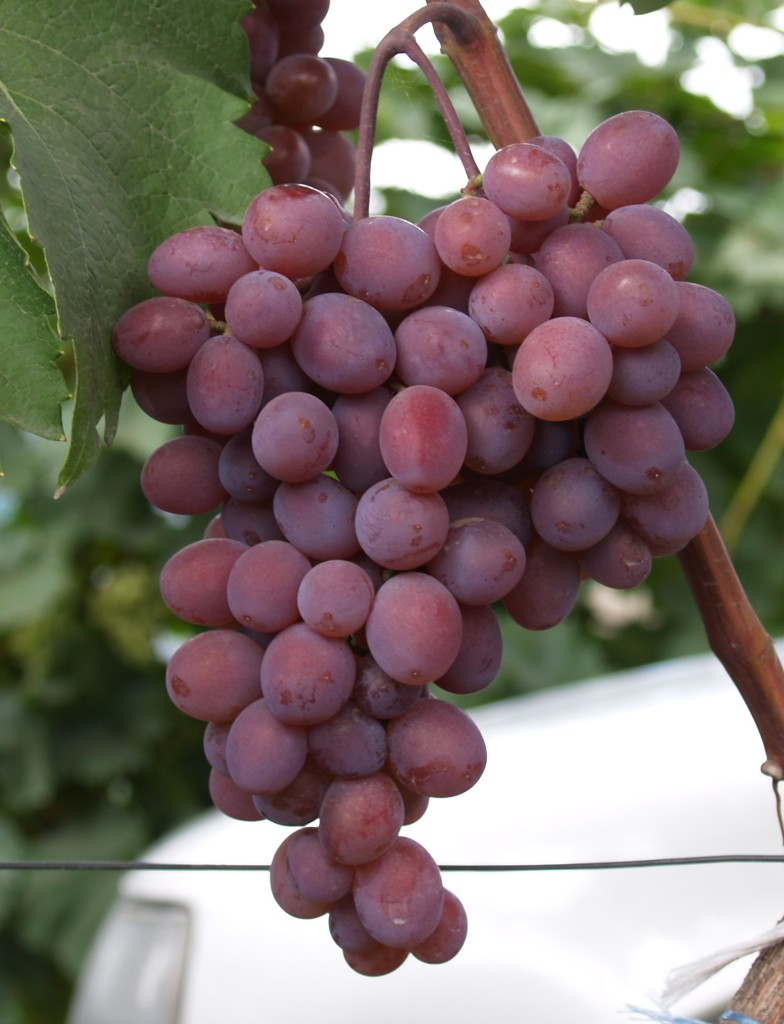
This species is a very unpretentious plant to care for, which does not require special attention.
So, based on the above information, the following advantages of Zaporizhzhya raisin can be distinguished:
- high productivity;
- universal pollinator;
- excellent taste of fruits;
- excellent aesthetic appearance of berries.
Due to its advantages, this species stands out noticeably against the background of other seedless varieties. But in addition to the advantages, like other species, there are a number of disadvantages. These include:
- extremely difficult separation of the bunches from the stalk;
- tendency to the formation of a large number of stepchildren;
- wasps eating fruit.
Characteristics
This seedless grape has the following species characteristics:
- belongs to the III-IV class for seedlessness;
- for their intended purpose are a universal variety;
- according to the ripening period, they are classified as rather early or early varieties (110-120 days of ripening of berries). In terms of ripening, it is similar to the New Gift of Zaporozhye grapes;
- has a very high yield;
- the taste of berries is harmonious;
- by the strength of its growth it is a vigorous plant.
- it is characterized by a very high resistance to both various diseases and infections, and to frost.
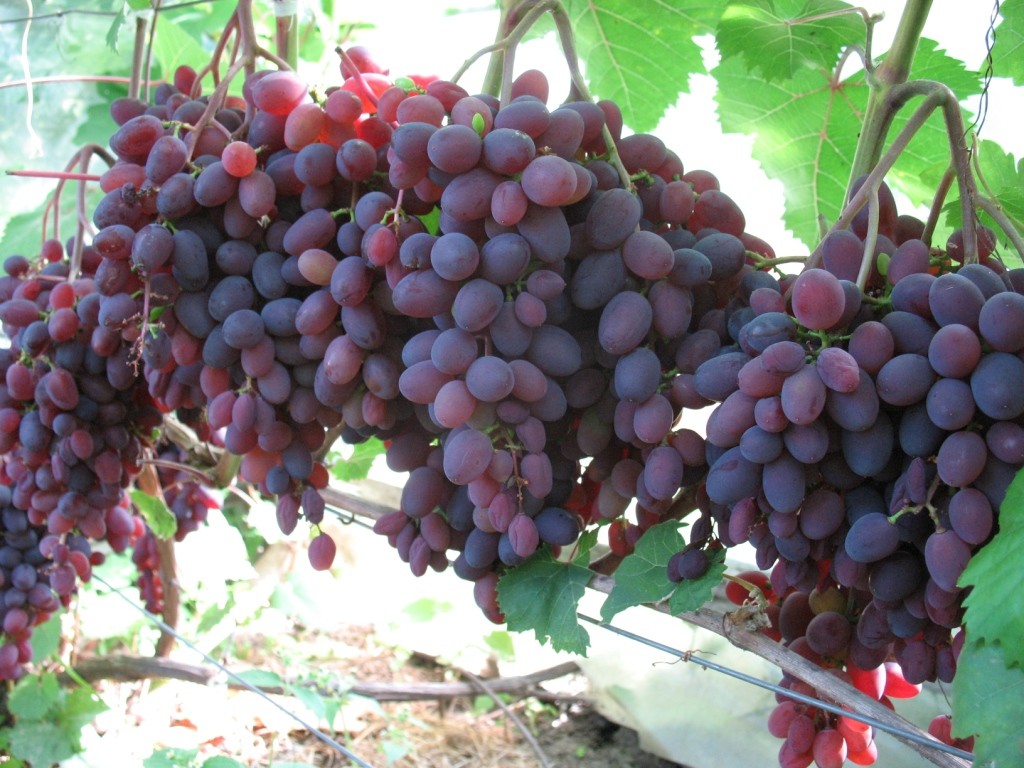
Particularly high resistance is noted for the following diseases: mildew, rot and powdery mildew. And frost resistance is noticeably higher than that of most types of grapes.
Kishmish Zaporozhye can easily endure very severe frosts, up to -26 OC, and in the literature you can find information that in Siberia a grape bush of this variety normally tolerated frosts and at -30 OWITH.
Due to this property, this species does not need shelter for the winter. And this, in turn, greatly simplifies the process of growing and caring for the plant. It is this quality that is especially appreciated among winegrowers, because not everyone has the opportunity to visit their garden in the fall, when it is necessary to cover the plant.
Pruning rules
One of the essential and key elements of grape care is pruning. It must be carried out carefully, since 95% of all shoots of the bush are fruitful, and this is a very high load for the plant. Pruning is recommended in the spring, after the frost has passed. For this species, it is necessary to prune vines by an average of 6 or 8 eyes.
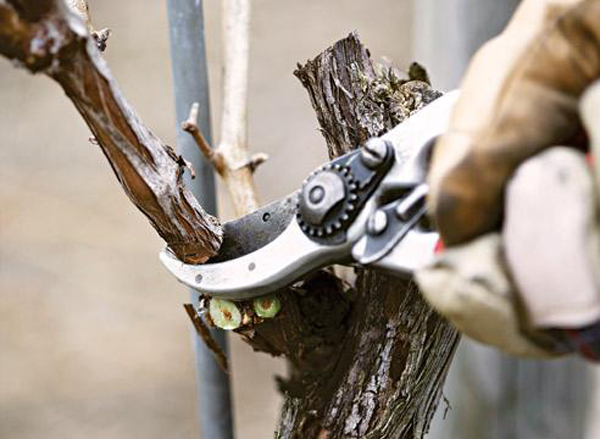
It should be borne in mind that the load on the grape bush should be no more than 35 eyes. There is information that you can leave from 25 eyes. This indicator is determined by the age of the bush. Too short pruning (about 3-4 eyes) should not be carried out, since the eyes at the base of vines and shoots are highly fertile.
Video "Kishmish Zaporozhye"
In this video you can familiarize yourself in detail with the characteristics of this variety.
Zaporozhye kishmish grapes are perfect for your garden due to their unpretentious care and high yield rates. The only thing that will need to be monitored is the load of the crop. In all other respects, these grapes will only delight you.
